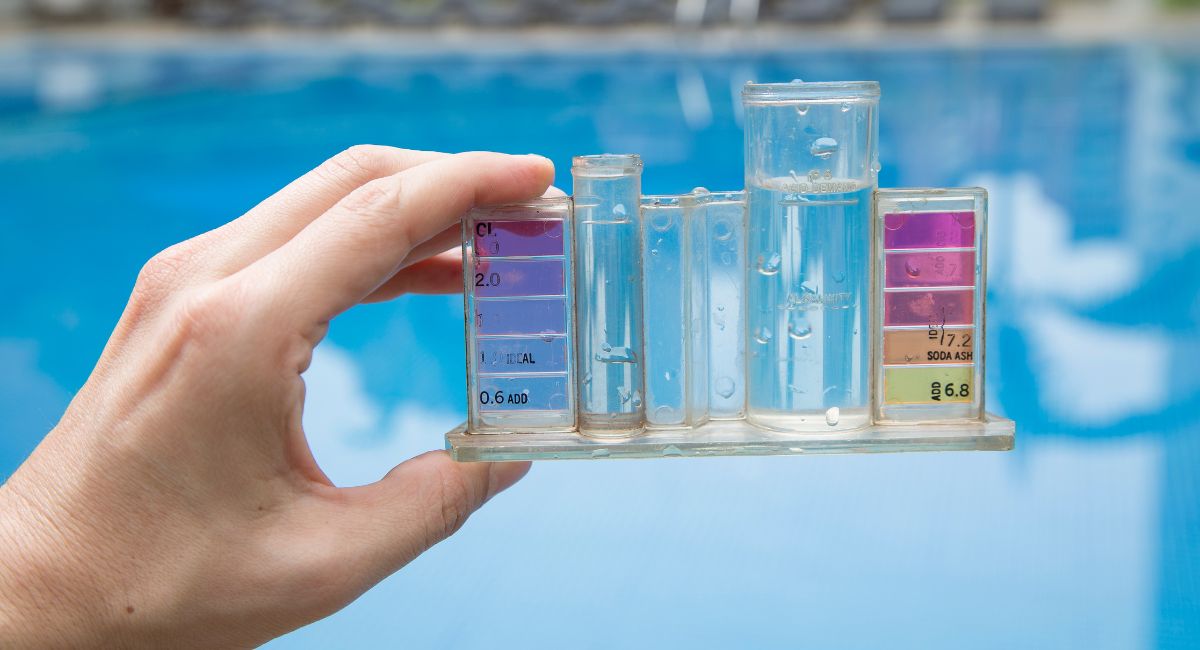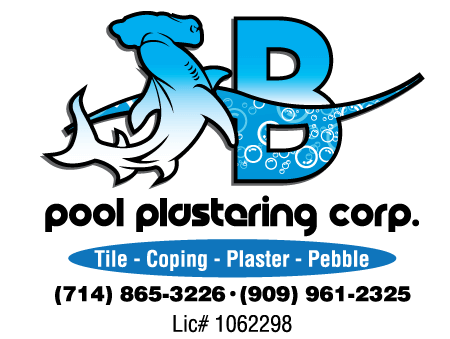
How to Lower PH in Pool | Cleaning Tips
How to Lower PH in Pool? Keeping your pool water free of twigs and bugs is relatively easy, but keeping your pool water chemically balanced requires frequent water testing and adjustments to your pool chemistry. I need to know what to do in some cases.
Are you concerned about the pH level in your pool water? Keeping a healthy pH balance is critical for ensuring your pool is safe and clean. High pH levels can cause cloudy and discolored water, scale, and biofilm buildup on surfaces, skin irritation, and other problems. Fortunately, several ways exist to lower the pH in your pool water to bring it back into balance.
In this blog, we’ll discuss the different methods you can use to lower the pH in your pool and keep it healthy. Read on to learn more!
Pool PH Too High? What Can You Do?

Firstly, it is essential to know what it means to have a high pH level in your pool. A swimming pool with a high pH level is one that measures more than 7.8 on a pH scale, much higher than the ideal range of 7.2-7.6.
If the pH gets too high, the water will become too soft. The result is not only dryness and redness but also skin irritation. If the pool’s pH is too high, swimwear, such as swim caps and goggles, can be damaged.
In addition, water with too high a pH can cause scale on pool equipment, reducing the effectiveness of the pool’s circulation system. Decreases and maintenance costs increase.
Also, remember that chlorine can cost you more if the pH is too high. Softened water (due to increased pH) makes chlorine less effective. In other words, you’ll need to add much more for proper disinfection.
Importance of a Good Water pool
Keep your pool’s pH optimum for chlorine to work most effectively. If the water in your pool is balanced correctly, you will enjoy every swim. Knowing how to lower the pH of your water is a necessary DIY skill for any pool owner. It’s good to learn how to raise the pH as well.
A balanced pH level helps maintain the effectiveness of chlorine, prevents discoloration, cloudiness, and scaling of the pool walls and floor, and prevents algae growth. Furthermore, optimal pH levels protect swimmers’ eyes and skin from irritations and other potentially hazardous conditions.
If the pH of your pool is too alkaline or too high, you may see the following indicators:
- accumulation of calcium
- burning eyes
- The skin becomes dry and itchy
- muddy water
Swimming in a high-pH pool is not comfortable. However, the symptoms of high pH in a pool are not all that different from those of low pH. We recommend testing pool water before adding chemicals. Refrain from guessing the pH.
Safety notice:
If the pool’s pH is very high, the usual methods of lowering it may not work. Consult a professional if you need to supplement with solid additives such as hydrochloric or sulfuric acid.
How to lower pH in pool

Always wear protective clothing when using a pool balancer to balance the water. This includes goggles or goggles and rubber gloves. If you determine that your pool’s pH is too high, there are two ways to balance it.
First, Test the pH Level – Before adjusting the pH level of your pool, it is essential to test the current pH level with a testing kit available at your local pool store.
Dry acid or hydrochloric acid.
If you are using dry acid, follow these steps.
- Follow the manufacturer’s instructions on the package. Use recommended amount only. Please read carefully if the product must be pre-dissolved to avoid surface staining.
- Sometimes you just need to add dry acid. Do what the label says.
- Make sure the pool pump and filter are working.
- Distribute the product to the deepest part of the pool. Use a pool brush to break up clumps. This also helps distribute the dry acid evenly.
If you are using a pool balancer with hydrochloric acid, follow these steps:
- Read the package and follow the manufacturer’s instructions.
- Sometimes it is necessary to mix and dilute the product. If not, follow the instructions to add the balancer directly to the pool. Pour the product slowly into the pool. Be careful to avoid spills and splatters.
- Leave the pool filter and pump running unless instructed to do so.
- Apply a pH-balancing agent according to the label instructions.
A low pool pH will help you enjoy a higher quality swimming experience and extend your pool’s life. By following the simple steps outlined above, you can quickly lower your pool’s pH levels without worrying about chemical imbalances or long-term damage to your swimming pool’s wall and flooring surfaces. For more information, get in touch with us!
Wait for Circulation – After adding the acid, wait for at least four hours to allow for proper circulation. The pool pump will help to distribute the acid throughout the pool.
Test the pH Again – Check the pH level to see if it has reached the desired level between 7.2-7.6. Keep in mind that the pH level can take up to several hours to stabilize after adding chemicals. Repeat the process if necessary to achieve a suitable level.
Other Tips to Lower and Prevent High pH Levels

Use a Pool Cover
Adding a cover to your pool to prevent water evaporation can help reduce pH levels, as when the water evaporates, it generally leaves behind a higher concentration of minerals and other impurities that increase the pool’s alkalinity.
Properly Maintain the Pool
A proper pool maintenance, cleaning, and filter system can prevent high pH levels. Clean your pool regularly, ensure adequate filtration, and backwash the filter as needed.
Control Debris
Debris, such as leaves, grass, and other organic waste, can cause high pH levels in the pool. Regularly remove debris from the pool using a skimmer or net to prevent high pH levels.
A low pool pH will help you enjoy a higher quality swimming experience and extend your pool’s life. By following the simple steps outlined above, you can quickly lower your pool’s pH levels without worrying about chemical imbalances or long-term damage to your swimming pool’s wall and flooring surfaces. For more information, get in touch with us!




